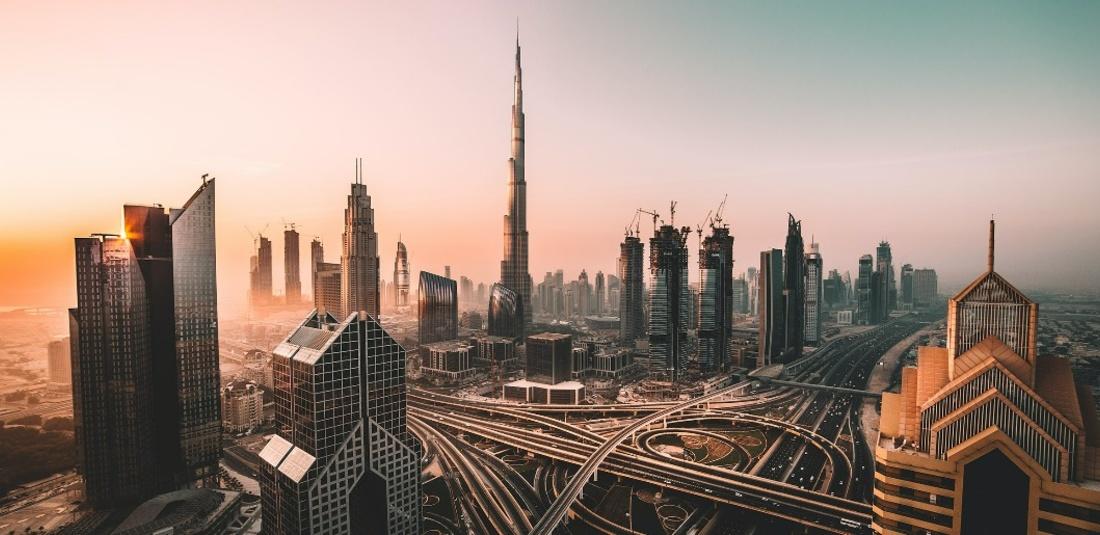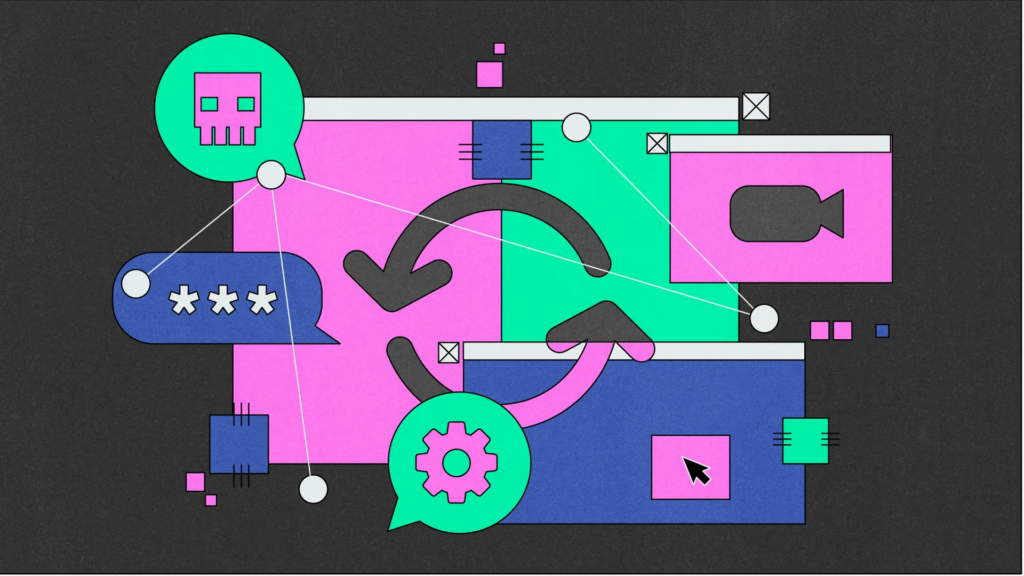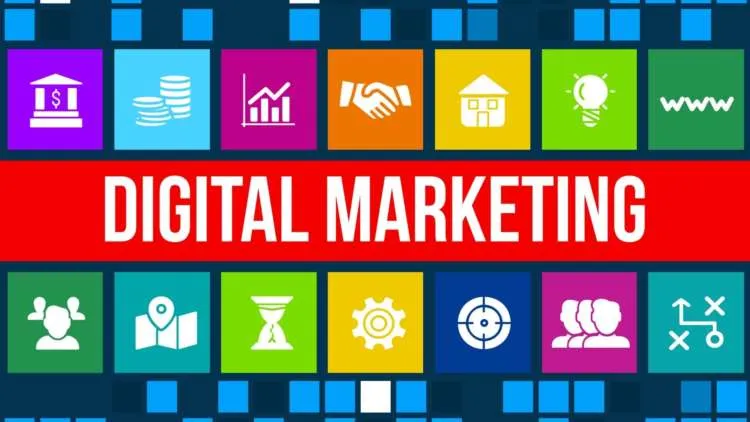Technology is revolutionizing the way cities are designed and built, and Dubai is at the forefront of this transformation. Here are some of the ways in which technology is changing the way future-ready cities like Dubai are built:
- Smart city infrastructure: Dubai is investing heavily in building a smart city infrastructure, which uses sensors, cameras, and other devices to gather data and manage city operations. This infrastructure enables the city to optimize traffic flow, improve public safety, and reduce energy consumption.
- Advanced transportation systems: Dubai is also building advanced transportation systems that include driverless vehicles, hyperloop systems, and flying taxis. These systems are designed to improve mobility and reduce congestion, while also reducing carbon emissions.
- Sustainable building materials: The construction industry is one of the biggest contributors to greenhouse gas emissions, and Dubai is taking steps to address this issue by using sustainable building materials. For example, the city is using 3D printing technology to build houses and other structures using recycled materials.
- Green energy solutions: Dubai is also investing in green energy solutions such as solar and wind power to reduce its dependence on fossil fuels. The city has set a target of generating 75% of its energy from renewable sources by 2050.
- Digital infrastructure: Dubai is also building a robust digital infrastructure that includes high-speed internet, cloud computing, and data analytics capabilities. This infrastructure enables businesses to operate more efficiently and effectively, and it also supports the development of new technologies and industries.
Technology is playing a critical role in shaping the future of cities like Dubai. By investing in smart city infrastructure, sustainable building materials, and green energy solutions, Dubai is setting an example for other cities to follow.
Building the cities of future
Building the cities of the future requires a comprehensive approach that takes into account a range of factors such as sustainability, technology, and livability. Here are some key elements that can help create the cities of the future:
- Sustainable infrastructure: The cities of the future must be built with sustainability in mind. This means using renewable energy sources, implementing green transportation solutions, and reducing waste through recycling and other means.
- Smart technology: Smart technology is essential for building cities of the future. This includes the use of sensors, data analytics, and other technologies to manage city operations, improve public safety, and enhance the quality of life for residents.
- Livable spaces: Livable spaces are essential for creating cities that people want to live in. This means designing neighborhoods that are walkable, with access to green spaces and public amenities such as parks, schools, and libraries.
- Resilience: Building resilient cities that can withstand the challenges of climate change, natural disasters, and other disruptions is critical. This requires investing in infrastructure and technology that can help cities adapt and recover from shocks and stresses.
- Collaboration: Building cities of the future requires collaboration between government, private sector, and community stakeholders. Engaging with residents and other stakeholders to understand their needs and preferences is essential for creating cities that are truly responsive to the needs of their inhabitants.
building the cities of the future requires a holistic approach that integrates sustainability, technology, livability, resilience, and collaboration. By embracing these principles, cities can create vibrant, resilient, and sustainable communities that meet the needs of residents today and into the future.
Is a perfect city possible?
While a perfect city may be an ideal, it is not realistically possible. Cities are complex systems that are constantly evolving and changing, influenced by a wide range of social, economic, and environmental factors. The idea of a perfect city assumes that there is a single set of criteria or standards that can be applied to all cities, but the reality is that every city has its own unique characteristics and challenges.
Moreover, different people have different perspectives on what constitutes a perfect city. For example, some may prioritize sustainability and green spaces, while others may prioritize economic growth and infrastructure. Therefore, achieving a consensus on what constitutes a perfect city is difficult if not impossible.
However, while a perfect city may not be possible, cities can strive to continuously improve and work towards creating more livable, equitable, and sustainable environments for their residents. This involves engaging with the community, implementing smart technology and infrastructure, prioritizing social and environmental initiatives, and collaborating with stakeholders to create long-term solutions. Ultimately, cities that focus on continuous improvement and strive to meet the needs of their residents will be successful in creating vibrant and sustainable communities.





